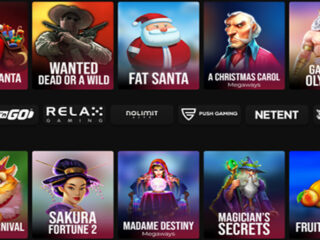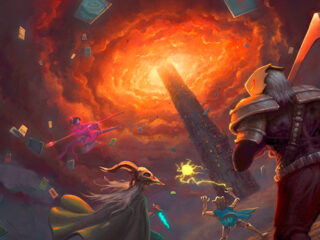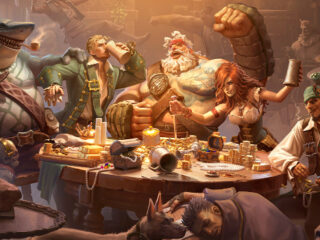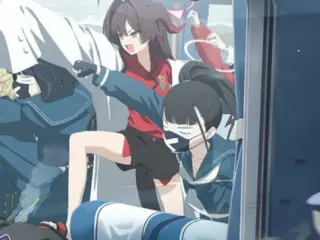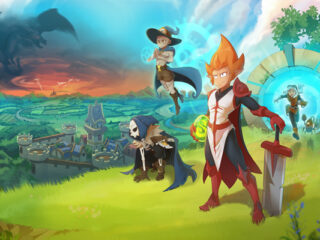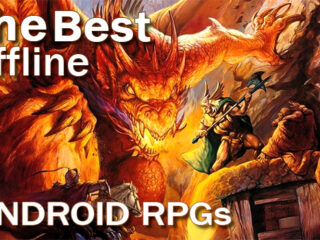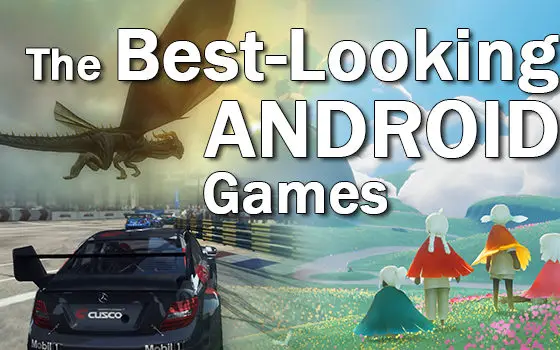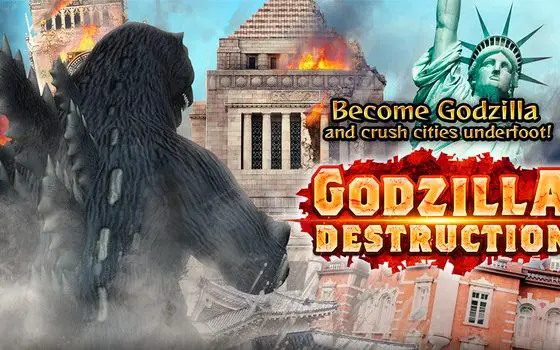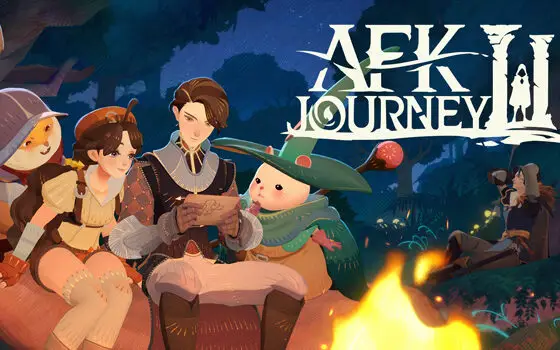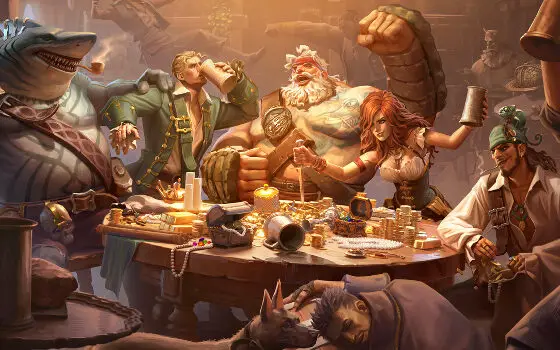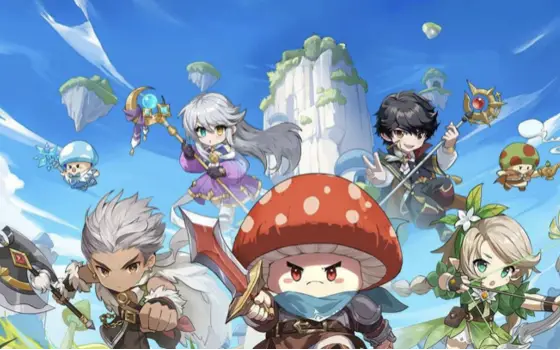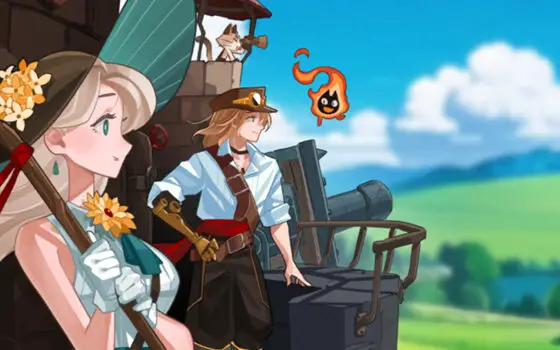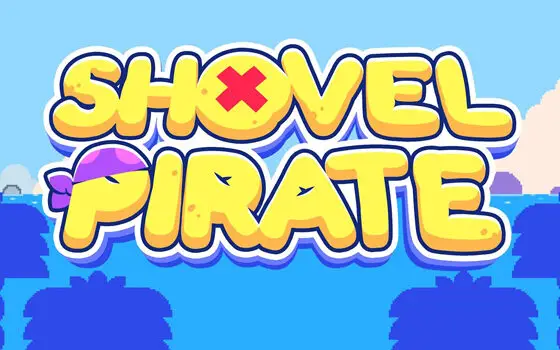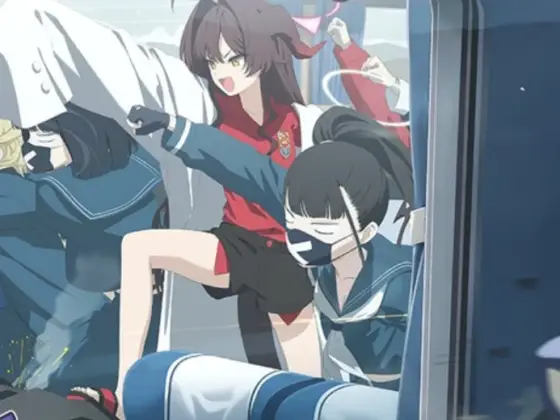There Is No “I” in “Team”
FIVE is an esports team management simulator where players build their organization from the ground up. A work in progress in the truest sense, FIVE is a gem in the making. However, there is still quite a long way to go before the potential behind the ambitious ideas is fully realized.
Developed by Trophy Games, known chiefly for their soccer-based management simulators, FIVE takes many familiar mechanics from sports management games past and packages them in a Counter-Strike coat of paint and some sweet, sweet RGB. The basics are all here, and there isn’t anything present (or missing) that is cause for much alarm.
Your team doesn’t start with much, but it won’t take long until you start developing some real talent. Winning basic ladder matches increases your team’s rank in the season. Each division has prizes for progressing, including cash and weapon skins. Based on your team’s performance, tournaments reach out and send invitations to compete against much more capable opponents but for much greater rewards.
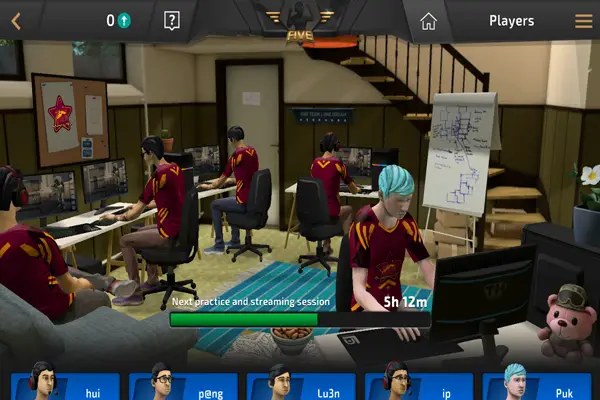
Skins Don’t Pay the Bills
By investing winnings back into the organization, players can choose to upgrade their facilities in any way they see fit. While signing a free agent might bring immediate talent, it is often quite expensive. Plus it’s usually not as worthwhile as developing youths in your team’s academy. If either of those don’t sound appealing, you could always blow your winnings on a really rare skin.
Sell your players and buy new ones, or don’t. Why bother with 20-something-year-old bags of dusty old bones whose slowing reflexes can’t even hold a candle to the still-sharp skills of a kid in your academy who’s just gotten his first mustache hairs? Map positions, tactics, and most other mechanics you’d expect to see are here, although with varying degrees of polish.
At its core, FIVE uses a myriad of different stats and skills to determine match outcomes. These mainly fall into rifle, sniping, and support skills; streaming skills are only used during practices. Communication, map movement, reflexes and morale are only a handful of all the skills considered when determining match outcomes. Stats aren’t simply static percentages either; different ones are checked depending on the map, player position in-game, and which tactics are executed. And for the most part, it’s simple to follow along. However, FIVE does a poor job of explaining several aspects, making it difficult to pinpoint what’s happening at times.
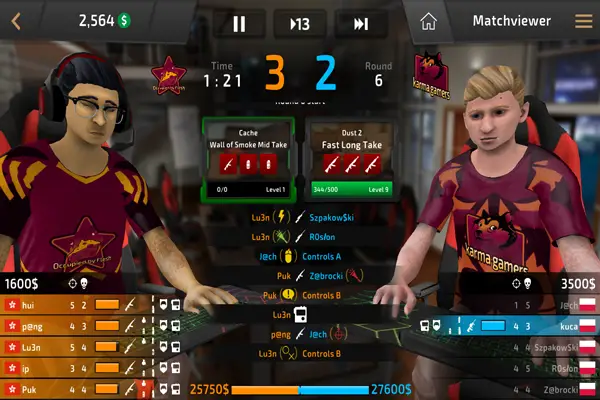
Jack-of-Some-Trades
Seeing as FIVE is a game about managing teams that play what is Counter-Strike in everything but name only, you don’t actually control what your players do once they are in a match. You can decide beforehand which tactics they’ll use for the map, but that doesn’t help all that much. Especially when all of the tactics have the same placeholder text for descriptions. Sometimes you’ll get lucky, and a tactic will have a barely labeled map showing roughly what path your team will take. Each tactic focuses on different skills for different maps, which usually would be an excellent way to encourage players to embrace experimentation. Still, the lack of detail makes things difficult to understand.
Herein lies FIVE‘s main flaw: there are tons of excellent ideas present that are each on the cusp of being perfect, but they all seem to be lacking that final bit of execution to tie everything together. For example, 3D rendered match highlights are a nice touch, but they are rudimentary at best and outright crude at worst. Long wait times between tournament matches and training sessions are good for exploring other aspects of the game. Or at least they would be—if there was anything to explore. Outside of ladder matches, there isn’t all that much for your players to do, and they don’t receive anything while you’re away from the game.
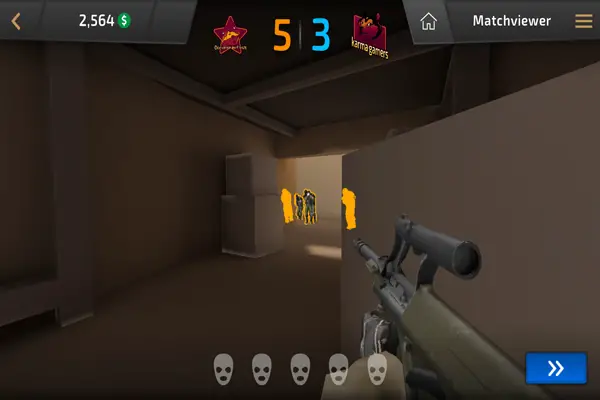
Here to Stay
FIVE isn’t shallow, or boring, or bad—quite the opposite. Despite very much being in its infancy, potential greatness is evident. Given Trophy Games’ constant community feedback and invitations for discussion and constructive criticisms, it’s safe to say that this isn’t just another cash grab from a developer looking to make a quick buck. There aren’t even any ads or giant flashing arrows encouraging you to visit the store. Although, you do get popups when you run out of action tokens.
In the end, including all its faults and lack of polish in some areas, FIVE is still leagues ahead of the marketing vessel gutter-trash clogging app stores today. It hits all the bases, albeit with varying degrees of success. It’s a diamond in the rough—a slow, buggy, and unfinished diamond, but a diamond, nonetheless.
Is It Hardcore?
Yes, and there's nowhere to go but up.
FIVE brings the challenge of managing a professional sports team to the modern era. However, sometimes it resembles a collection of great ideas rather than a cohesive game due to some parts being much more developed than others. Still, what’s present should suffice until Trophy Games irons out the final kinks.



